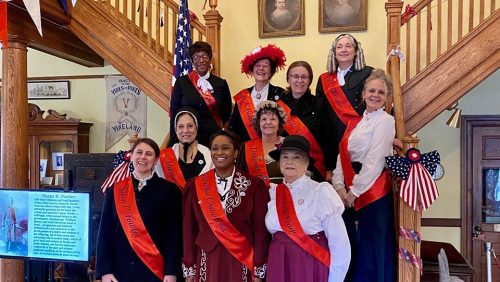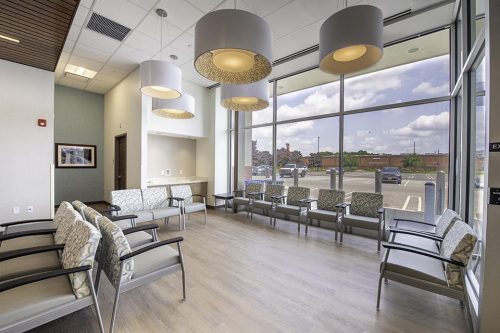The Gloucester County we know today is a greatly reduced territory from its original incarnation of the 17th century. Picture it for a moment combined with Camden and Atlantic counties, ranging far across this region once known as West Jersey, and you have the breadth of what was initially Gloucester County.
As Dutch and Swedish colonies in the Gloucester County area diminished, English settlements began to take hold. A portion of the region was settled by colonists from Ireland, who arrived in 1661 under the leadership of Robert Zane. By 1676, these settlers were allotted a tenth of the county land under the Concessions and Agreements document signed that year, according to William McMahon’s South Jersey Towns. Two years later, Quakers chose the Indian village of Arwamus in which to reside.
Online sources identify May 26, 1686 as the birthday of the county. Some maintain, in general terms, that was when courts outside of the jurisdiction of Burlington were established. Others, like NJ Gen website’s “Early History of Old Gloucester,” declare more specifically that “on the 26th of May, 1686, during the administration of Governor Samuel Jennings, and, after much discussion and mature deliberation, adopted a Constitution for the government of the territory lying between Pennsauken Creek and Oldmans Creek…to which they gave the name Gloucester County.”
The established courts were located in the towns of Gloucester and Red Bank, but McMahon points out that, in lieu of a courthouse, trials were conducted in taverns and private homes. According to “Early History of Old Gloucester,” “the first court for the original county of Gloucester was held at Gloucester in September, 1686…[and] “the first murder trial was a case of infanticide which occurred in 1701, but the court record does not show what penalty was inflicted on the defendant.”
“In 1696,” McMahon writes, “the county governing body issued an order for the building of a prison and courthouse in Gloucester City.”
Courts, however, were not the only items provided by the county’s constitution. “Early History of Old Gloucester” reports that it also allowed for “the election of county officers” and “prescribed the details of legal practice and provided for the recording of the marks of hogs and cattle.”
What was perhaps Gloucester County’s most noteworthy accomplishment at the time was that it “became the only county in West Jersey organized directly through the action of its own people,” according to the “Early History of Old Gloucester.” Its existence, as McMahon states, can be traced to “a direct compact between the inhabitants, who deemed themselves a body politic with power to legislate.”
Inhabitants authorized and the General Assembly confirmed the erection of Gloucester County in 1694. At the time, its boundaries had not been clearly defined. Fifteen years later, “its bounds were given as follows: ‘Gloucester County begins at the mouth of Pennsauken Creek; thence up the same to the fork thereof; thence along the bounds of Burlington County to the sea; thence along the sea-coast to Great Egg Harbor River; thence up said river to the fork thereof; thence up the southernmost and greatest branch of the same to the head thereof; thence in a direct line to the head of Oldmans Creek; thence down the same to the Delaware River to the place of beginning.’”
McMahon writes that, in 1765, Samuel Clement was appointed to conduct a survey of the county’s boundaries, the results of which were upheld in a follow-up survey during the 19th century. In 1837, Atlantic County was created from a significant portion of Old Gloucester. In 1844, Camden County was forged from another section of Gloucester County. These changes redefined South Jersey boundaries and reshaped much of its territory into what has become the region’s modern identity.
Next Week: Woodbury









